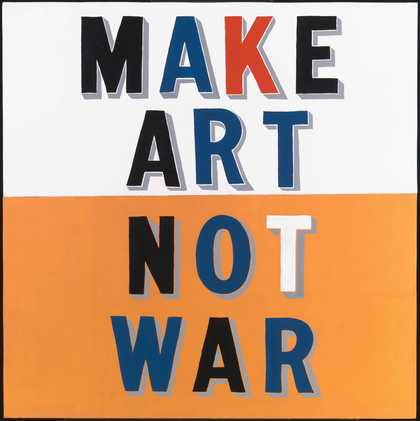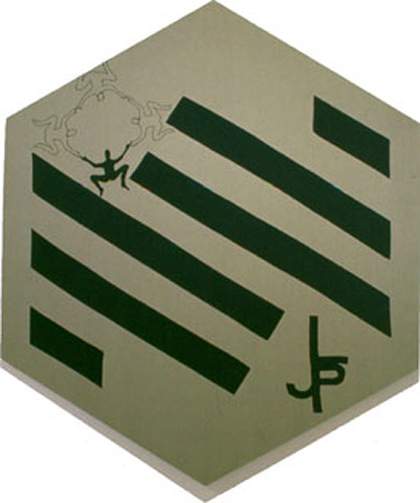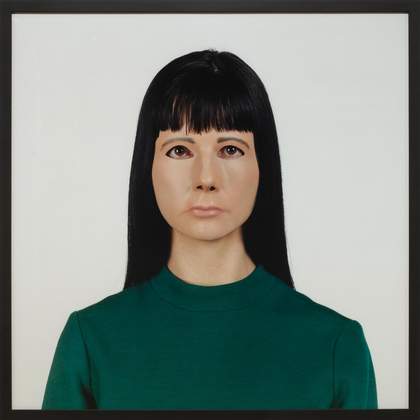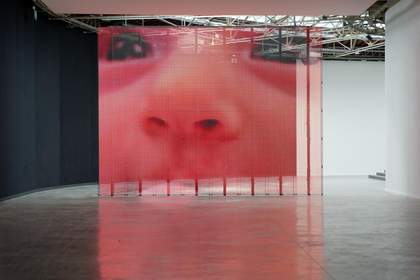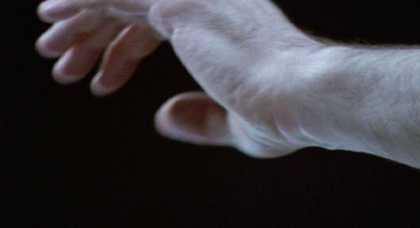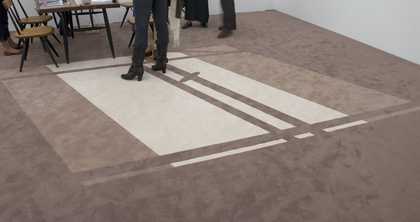
Philippe Parreno
6.00 PM (2000–6)
Tate
The French curator Nicolas Bourriaud published a book called Relational Aesthetics in 1998 in which he defined the term as:
A set of artistic practices which take as their theoretical and practical point of departure the whole of human relations and their social context, rather than an independent and private space
He saw artists as facilitators rather than makers and regarded art as information exchanged between the artist and the viewers. The artist, in this sense, gives audiences access to power and the means to change the world.
Bourriaud cited the art of Gillian Wearing, Philippe Parreno, Douglas Gordon and Liam Gillick as artists who work to this agenda.

